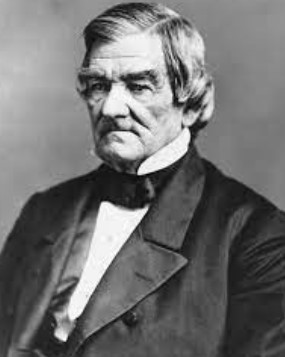John Ross Civics Lesson
The Native American Trail of Tears
In December 1835, while Ross was being detained by Georgia law enforcement officials, a small, renegade Cherokee faction signed the New Echota treaty, which sold all Cherokee lands to the U.S. government east of the Mississippi for $5 million and new land in the West. This treaty was signed by President Andrew Jackson after being ratified in the U.S. Senate by a single vote.
Jackson’s Indian removal policy was followed by his successor, President Martin Van Buren, whose orders led to the round up of thousands of Cherokees in 1838 and their imprisonment in forts and camps throughout the South as they awaited deportation. The terrible living conditions of these unfair circumstances led to widespread Cherokee disease and fatalities.
The consequent forced displacement of approximately 60,000 Native Americans to present-day Oklahoma over the next decade became known as the “Trail of Tears”. It was given this name by the Cherokee people because of the rampant hunger, disease, and death that the tribal members suffered during this militarily enforced relocation. It is estimated that 15,000 Cherokees died along the Trail of Tears.
Among those who lost their lives along the Trail was Ross’ wife Quatie. She passed of pneumonia several days after having given her coat to a child crying because of the cold.
The devastation would have been worse but for the fact that Ross convinced U.S. government officials to let him organize the Indigenous removals. He strategically utilized the limited number of wagons and horses to assist the most needy migrants; many thousands had to walk the long, treacherous journey.
The legacy of the persevering suffering of Ross and member of his tribe is commemorated by The Trail of Tears National Historic Trail, which covers approximately 2,200 miles of historic pathways through nine states.

